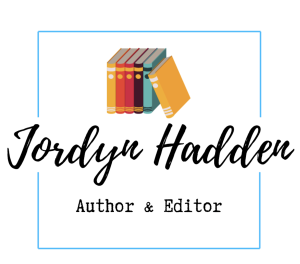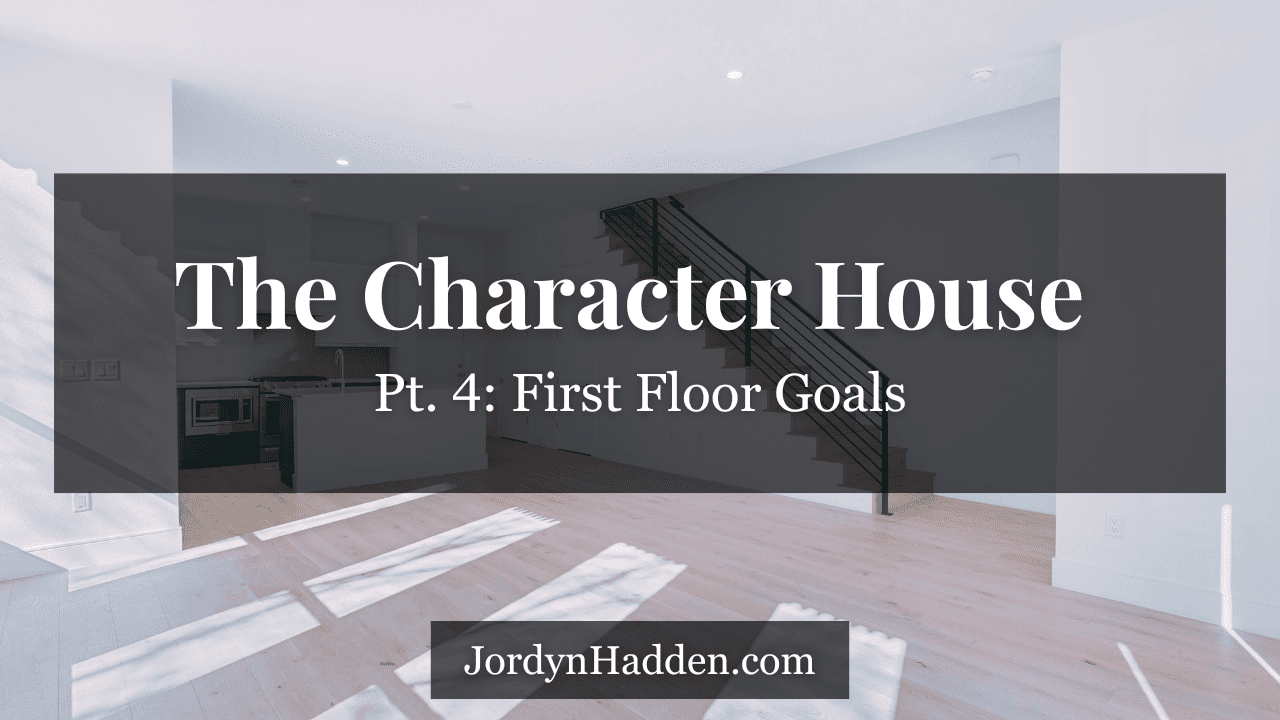What single component can transform a story from lifeless to gripping?
Goals.
For the past few weeks, we’ve been discussing the Character House, a model that can help you build cohesive characters from the ground up.
Today, we’re going to discuss the second layer of the First Floor: Character Goals. (When I say “first floor,” I mean the floor itself, not the walls. The walls represent the character’s dialogue and actions, which we’ll discuss in future posts.)
Just as the basement supports the first floor, past experiences influence characters’ beliefs, which in turn impact their fears and goals. If your characters don’t want anything specific, you won’t be able to place obstacles in the way of those goals, which means that your story will lack conflict.
First, let’s establish some important definitions:
- A goal is something that the character wants. Like real people, characters can want multiple things at a given moment.
- The story goal is the goal that the character is pursuing in the story. It drives the main conflict of the plot.
- A personal goal is a goal separate from the story goal. For example, a fantasy character might pursue the story goal of overthrowing the tyrannical king, but the character may also have a personal goal of becoming a blacksmith or traveling the world.
Internal Goals vs. External Goals
Internal goals are intangible desires, such as love, security, acceptance, recognition, belonging, etc. Although characters might not always be aware of their internal goals, readers can relate to these universal human needs.
On the other hand, external goals are tangible and concrete. In other words, readers can see them. Possible external goals include completing a quest, defeating a villain, solving a mystery, reaching a destination, starting a restaurant, or climbing a mountain.
Both types of goals are important. Without an external goal, your character has nothing concrete to pursue: if Olivia wants to find security, what would that look like in her life? But without an internal goal, readers may not understand the importance of the external goal: why does it matter whether Jeff wants to start a restaurant?
The following tips will help you make sure that your internal goals and external goals fit together to form a sturdy First Floor.
1. Internal goals can help you brainstorm external goals—and vice versa.
Oftentimes, concrete external goals represent abstract internal goals. A person might want to climb a mountain (external goal) to gain recognition and fame (internal goal).
You can use this principle to work from the known to the unknown. If you know that your character’s internal goal is to find belonging, you can brainstorm corresponding external goals, such as meeting friends or being accepted onto a basketball team. Conversely, if you know that your character’s external goal is to get a promotion at work, you can brainstorm corresponding internal goals, such as providing for loved ones or gaining the respect of coworkers.
2. Goals often stem from backstories, beliefs, and fears.
You can start with any element of the Character House and work backward to figure out the related goals. A character who survived a severe hurricane (backstory wound) might seek security (internal goal) by finding a safe place to live (external goal).
Backstory events create beliefs, which lead to fears, internal goals, and external goals. Suppose Sophia once failed to protect someone close to her (backstory wound). Now she believes that she can’t trust anyone but herself to protect people (false belief), and she’s afraid of people being hurt on her watch (fear). Therefore, Sophia’s internal goal is security for her family, and her external goal is to solve a mystery to stop the criminal from harming her loved ones.
Building from the Basement to the First Floor provides a basic framework from which you can develop an entire story.
3. Give your characters personal goals outside the story goal.
Characters shouldn’t exist solely for the purpose of the plot. Instead, they should have personal goals that don’t depend on the story goal. In The Eternity Gate by Katherine Briggs, Seyo’s story goal is to unlock the titular Eternity Gate, but she also has a personal goal of becoming a priestess and a royal historian. This personal goal implies that Seyo has a life outside the story, which helps her feel more realistic.
Personal goals can also provide material for your opening. The first few chapters of The Eternity Gate depict Seyo and her best friend exploring ancient ruins, which introduces her love of history and creates an instant connection with the audience.
Going for the Goal
The first floor of a house provides support and stability to its inhabitants. Likewise, constructing strong internal and external goals can ensure that your readers keep turning pages late into the night.
Backstory events, beliefs, and fears give rise to internal goals, such as love, belonging, security, and respect. In turn, these internal goals shape external goals, including story goals that drive the plot and personal goals outside the plot.
With these tools in mind, you can create Character Houses that can weather any fictional storm.
What’s the story goal of your current project?
You May Also Like
- The Character House, Pt. 13: 3 Ways to Build a Character House
- The Character House, Pt. 12: The 5 Stages of a Moving Character Arc
- The Character House, Pt. 11: Roof and Personality Traits
- The Character House, Pt. 10: Emotions and Home Utilities
- The Character House, Pt. 9: The Windows of Voice and Vulnerability
Want more posts like this one? Sign up to receive new blog posts in your inbox. You’ll also receive my monthly newsletter, featuring encouragement, announcements, and writing tips to inspire your creative journey!

